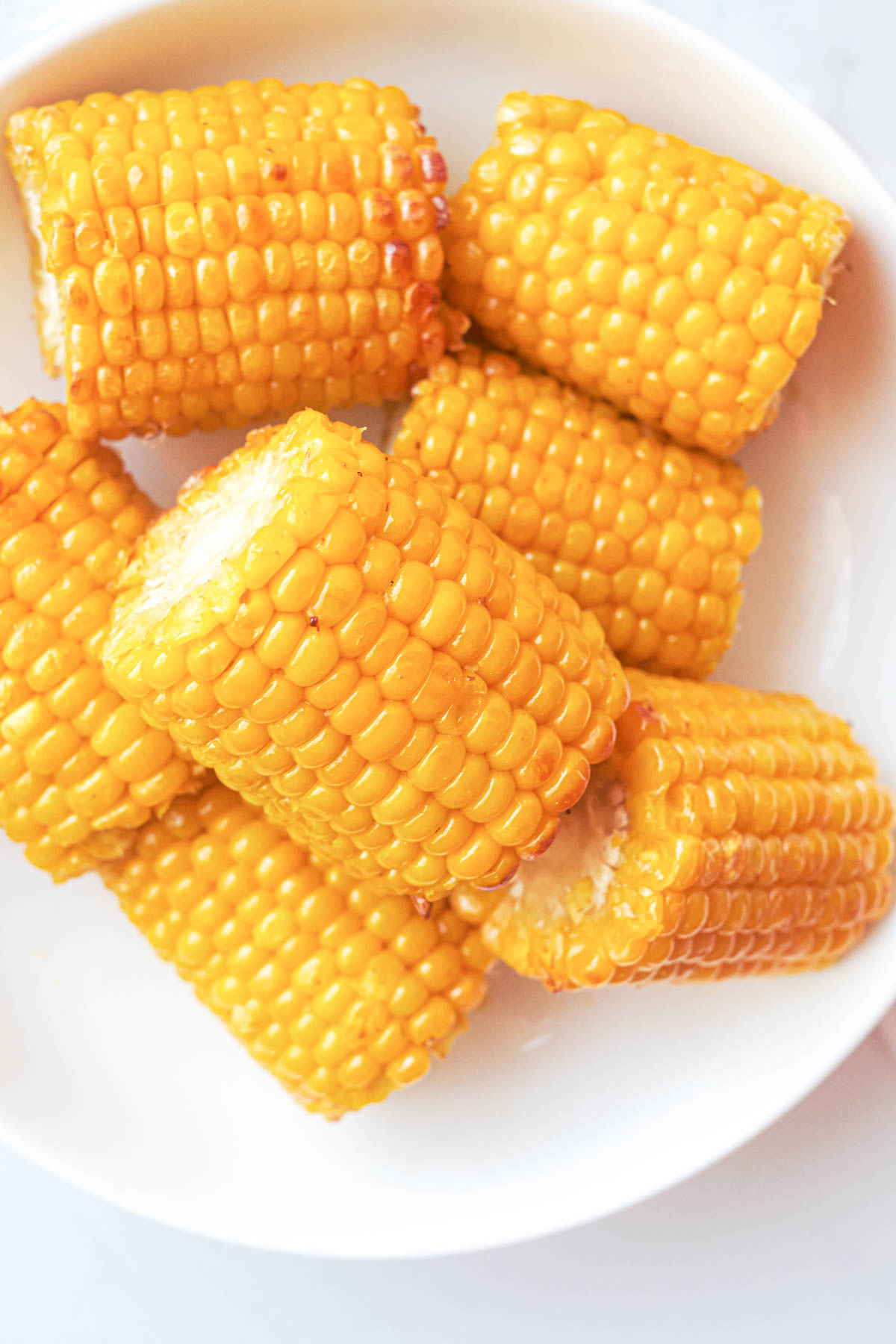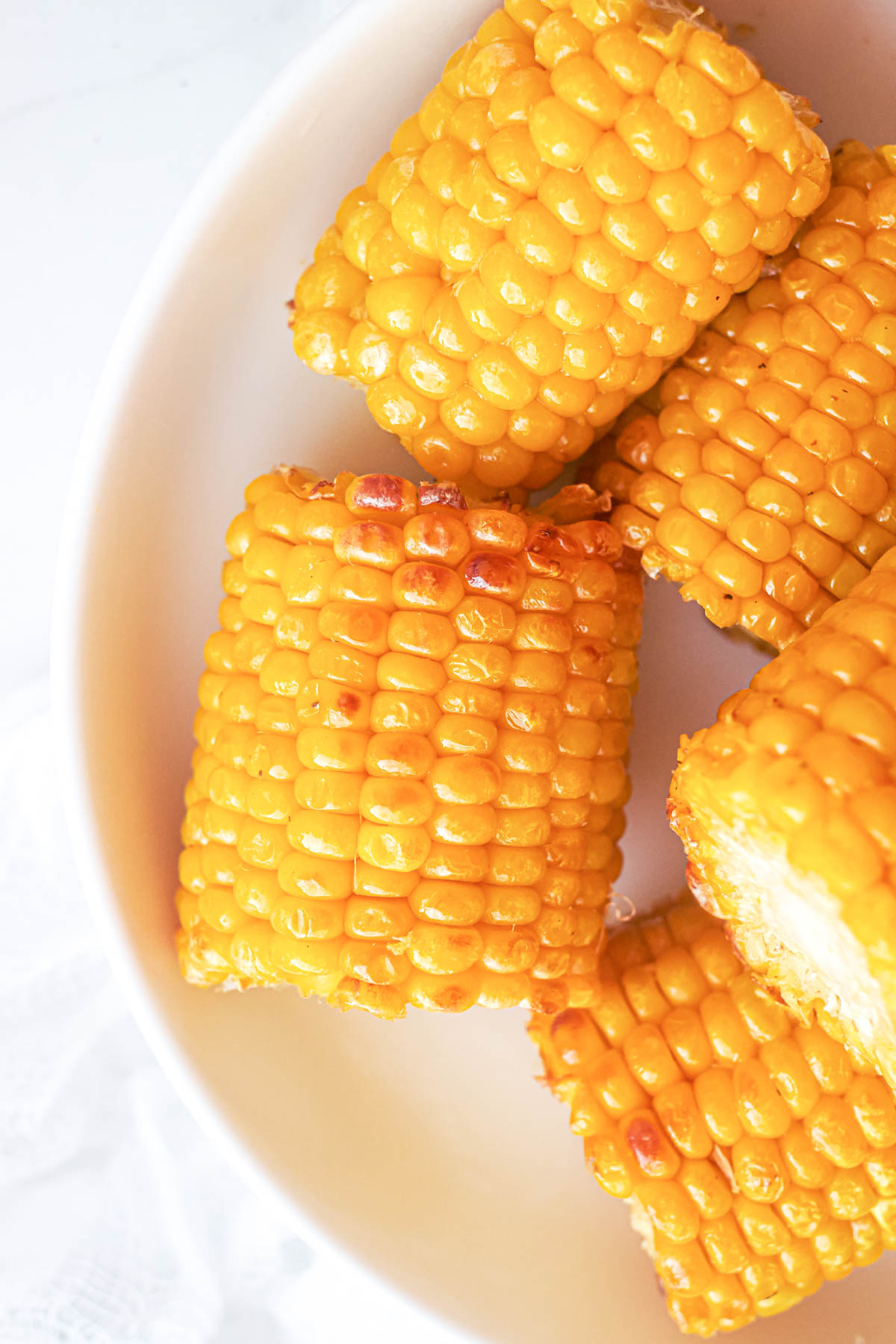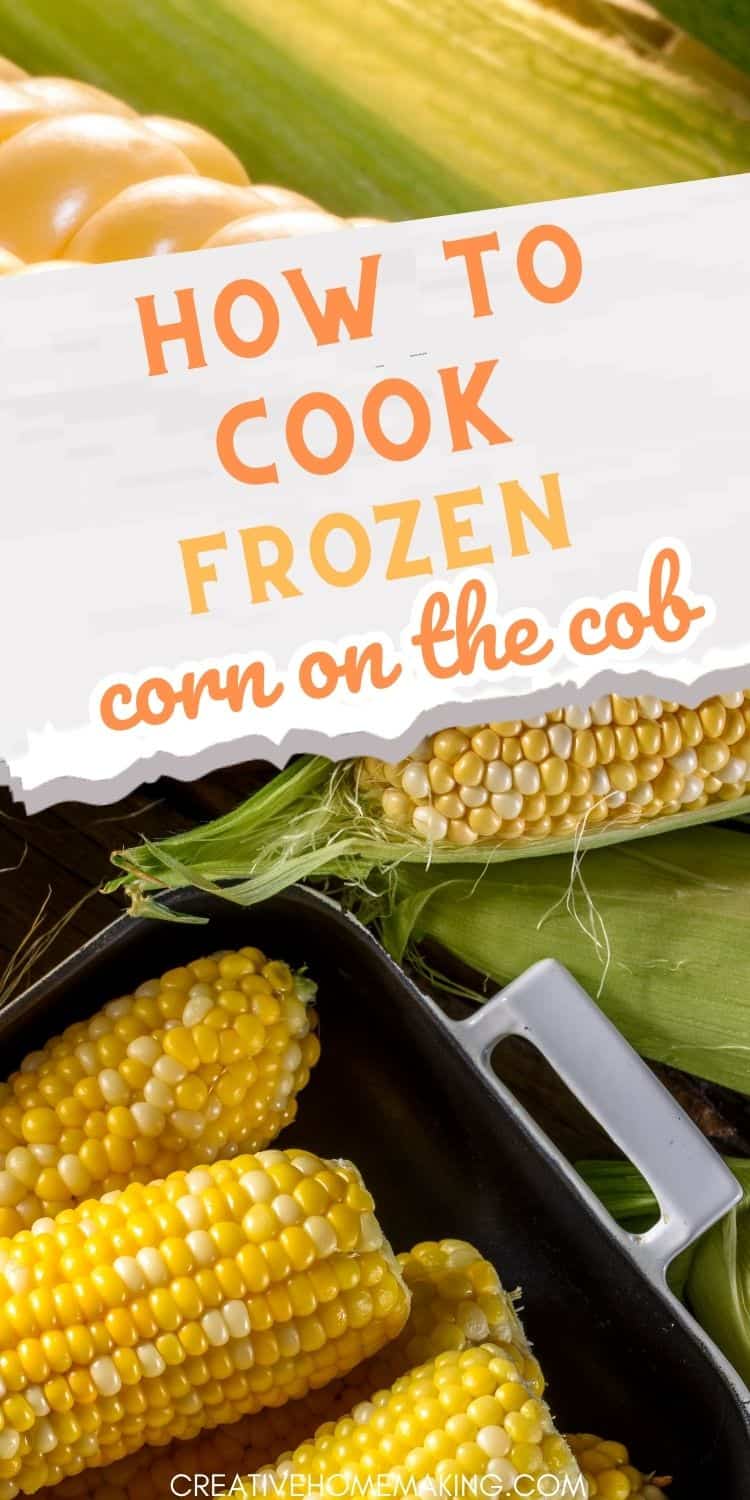To freeze corn on the cob, start by blanching the corn in boiling water for a few minutes, then cool it down quickly in ice water and pat it dry. Once the corn is dry, carefully place the ears in freezer bags, removing as much air as possible.
Label the bags with the date and place them in the freezer.

Credit: recipesfromapantry.com
The Benefits Of Freezing Corn
Preserve the freshness of corn on the cob by freezing it; enjoy the convenience of having sweet and crunchy corn year-round. Freezing corn helps retain its nutrients and flavor, making it a versatile ingredient for various dishes. Properly stored frozen corn can last up to 12 months.
| Preserving Freshness: Freezing corn retains its nutrients and flavor. |
| Convenient for Later Use: Frozen corn stays fresh for months. |

Credit: recipesfromapantry.com
Choosing The Right Corn
Choosing the right corn is crucial when it comes to freezing corn on the cob. Start by selecting fresh corn that is at its peak ripeness. Look for corn with bright green husks that feel firm when touched. The kernels should be plump and juicy, with no signs of drying or wilting.
To prepare the corn for freezing, begin by removing the husks and silks. Give the ears a quick rinse under cold water to remove any dirt or debris. Next, blanch the corn by placing the ears in a pot of boiling water for a few minutes. This step helps preserve the corn’s flavor and texture during freezing.
Once the corn has been blanched, cool it down in an ice bath to stop the cooking process. Pat the corn dry and then carefully cut the kernels off the cob. Make sure to cut close to the cob, but avoid cutting into the cob itself.
After removing the kernels, you can choose to either freeze them directly or opt for a more convenient method by first spreading them out on a baking sheet and freezing them individually. This will prevent the kernels from clumping together and make it easier to portion out the desired amount when needed.
Blanching Corn
Blanching Corn is an essential step in freezing corn on the cob. The boiling water blanching method involves placing the corn cobs in boiling water for a few minutes, followed by immediate cooling in an ice water bath.
The steam blanching method is another option, where the corn cobs are exposed to steam for a short duration before being cooled. Both methods help preserve the flavor and texture of the corn as they pause enzyme activity that can cause deterioration.
Cooling And Draining
For freezing corn, start by cooling it in an ice water bath.
Let the corn sit in the ice water for a few minutes to cool down.
After the ice water bath, drain the excess water from the corn.
Preparing For Freezing
Preparing for freezing is an important step to ensure that your corn on the cob stays fresh and delicious. When it comes to packaging options, there are a few choices you can consider. One option is to use resealable freezer bags. Make sure to remove as much air as possible from the bag before sealing it to prevent freezer burn. Another option is to use a vacuum sealer to remove all the air from the bag, which will help preserve the corn’s flavor and texture. Labeling and dating your packages is essential to keep track of when the corn was frozen so you can use it within the recommended time frame. Be sure to mark each package with the date of freezing to ensure proper rotation.

Credit: discover.texasrealfood.com
Storage Tips
For freezing corn on the cob, first blanch the ears, then cool them before removing the kernels. Store them in airtight containers or freezer bags for up to 12 months. This method preserves freshness and ensures you have sweet corn all year round.
| Storage Tips | |
| Optimal Freezing Conditions | Avoiding Freezer Burn |
| Keep corn fresh by freezing it at peak ripeness. | |
| Remove husks and silk before freezing corn. | |
| Ensure corn is completely dry before freezing. | |
| Wrap individual cobs tightly in plastic wrap. |
Thawing And Using Frozen Corn
Thawing Methods: When it’s time to use your frozen corn, there are a few methods for thawing it out. You can simply leave the corn in the refrigerator overnight, or for a quicker option, place the bag of corn in a bowl of cold water for a few hours.
Utilizing Frozen Corn: Once your corn is thawed, you can utilize it in various recipes such as corn chowder, salads, or as a side dish. The key is to ensure that the corn is fully incorporated into the dish, whether it’s being cooked on the stovetop or incorporated into a salad.
Extended Storage Suggestions
When it comes to freezing corn on the cob, proper storage is essential to maintain its flavor and freshness. One of the best ways to extend the storage life of frozen corn is by vacuum sealing it. Vacuum sealing removes any excess air from the packaging, preventing freezer burn and preserving the quality of the corn for a longer period. To use frozen corn in recipes, there’s no need to thaw it beforehand. Simply add the frozen kernels directly to soups, stews, or casseroles during cooking. If you prefer a crispier texture, you can blanch the corn briefly before freezing to partially cook it. Additionally, keep in mind that frozen corn can be stored in the freezer for up to 12 months. Enjoy the taste of summer all year round with these freezing tips!
Frequently Asked Questions Of How To Freeze Corn On The Cob Tips For Freezing Corn
How To Prepare Corn On The Cob For Freezing?
To prepare corn on the cob for freezing, start by shucking the corn and removing any silk. Blanch the corn in boiling water for a few minutes, then transfer it to an ice bath to cool. Once cooled, pat it dry and wrap it in plastic wrap or aluminum foil before placing it in a freezer bag.
What Is The Best Way To Store Frozen Corn On The Cob?
The best way to store frozen corn on the cob is to make sure it’s well-sealed to prevent freezer burn. Place the wrapped corn in a resealable plastic bag, removing as much air as possible before sealing it. Store it in the coldest part of the freezer to maintain its quality.
How Long Can You Freeze Corn On The Cob?
You can freeze corn on the cob for up to 10-12 months. It’s important to label the packaging with the date as a reminder of when it was frozen. This way, you can keep track of its freshness and ensure you use it within the recommended timeframe for the best quality.
Conclusion
Freezing corn on the cob can be a convenient way to preserve the delicious flavor of this summer staple. By following these tips, you can ensure that your frozen corn retains its taste and texture for months to come. From blanching to proper packaging, each step plays a crucial role in maintaining its quality.
So, next time you have an abundance of fresh corn, give freezing a try and enjoy the taste of summer all year round!

